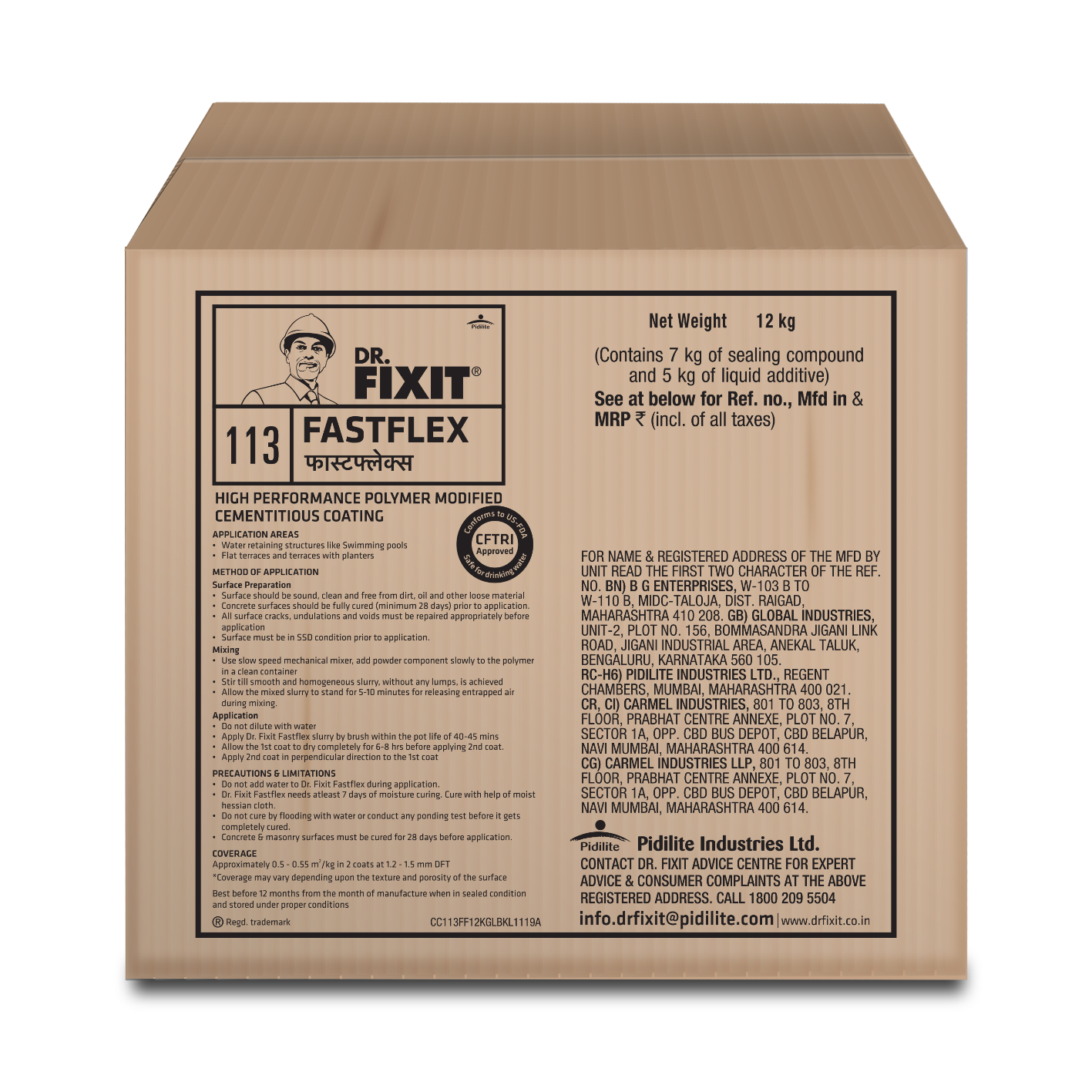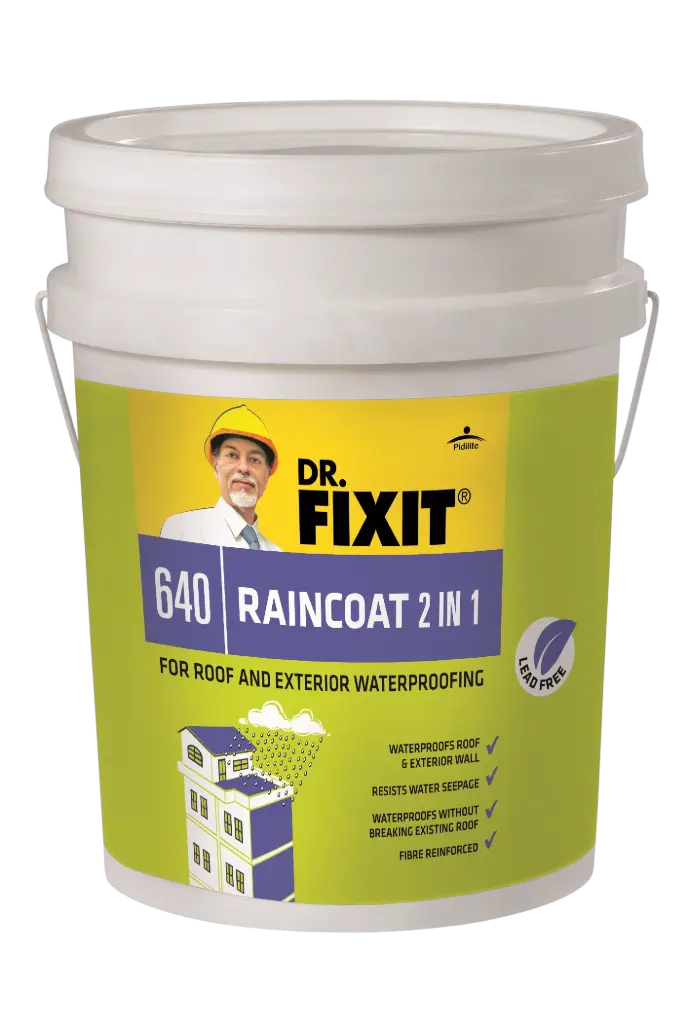When it comes to protecting your home or building from water damage, choosing the right waterproofing method is crucial. Two popular options are cementitious waterproofing and liquid waterproofing. Each has its unique characteristics, advantages, and applications. Here’s a detailed comparison to help you decide which one is best suited for your needs.
1. Cementitious Waterproofing

What is Cementitious Waterproofing?
Cementitious waterproofing involves using a mixture of cement, sand, and specialized additives to create a barrier against water. These coatings are typically applied to surfaces like concrete, masonry, and brick.
How Does It Work?
- Application: The cement-based mixture is applied to the surface, often in multiple layers.
- Curing: As it dries, it forms a hard, impermeable layer that prevents water from penetrating the substrate.
Advantages of Cementitious Waterproofing
- Cost-Effective: Generally less expensive than liquid waterproofing.
- Easy to Apply: Can be applied by hand or with simple tools.
- Breathability: Allows for some moisture vapor transmission, which can be beneficial in certain applications.
Disadvantages
- Rigidity: Cementitious coatings are less flexible and may crack over time.
- Limited Flexibility: Not suitable for surfaces that experience significant movement or stress.
2. Liquid Waterproofing

What is Liquid Waterproofing?
Liquid waterproofing involves applying a liquid membrane to the surface. These membranes are usually made from polymers like polyurethane, acrylic, or bitumen and are applied in a liquid state before curing to form a flexible barrier.
How Does It Work?
- Application: The liquid is applied using rollers, brushes, or sprayers.
- Curing: It forms a flexible, seamless membrane that adheres well to various substrates.
Advantages of Liquid Waterproofing
- Flexibility: Offers excellent flexibility, making it suitable for surfaces that experience movement or stress.
- Seamless Application: Provides a continuous barrier without joints or seams.
- Durability: Generally more resistant to wear and tear compared to cementitious coatings.
Disadvantages
- Higher Cost: Typically more expensive than cementitious options.
- Specialized Application: Requires skilled labor for proper application.
3. When to Use Each
Cementitious Waterproofing
- Use for: Masonry walls, concrete structures, and areas where cost is a significant factor.
- Avoid for: Surfaces with high movement or stress, such as roofs or areas exposed to extreme weather conditions.
Liquid Waterproofing
- Use for: Roofs, basements, and areas that require flexibility and high durability, such as swimming pools or industrial floors.
- Avoid for: Applications where budget constraints are significant or where the surface does not require high flexibility.
4. Comparison Summary
| Characteristics | Cementitious Waterproofing | Liquid Waterproofing |
|---|---|---|
| Cost | Generally less expensive | Typically more expensive |
| Flexibility | Less flexible, prone to cracking | Highly flexible, suitable for surfaces with movement or stress |
| Application | Easy to apply, can be done manually | Requires specialized tools and skilled labor for proper application |
| Durability | Less durable compared to liquid options | More durable and resistant to wear and tear |
| Breathability | Allows for some moisture vapor transmission | Generally less breathable than cementitious coatings |
Choosing between cementitious and liquid waterproofing depends on your specific needs, including budget, surface type, and required durability. Cementitious coatings are cost-effective and suitable for static structures, while liquid membranes offer flexibility and high performance for dynamic surfaces. Understanding these differences will help you make an informed decision and ensure that your property remains protected against water damage.
For personalized advice on selecting the right waterproofing solution for your project, contact GreenBuild Waterproofing Solutions today! Stay informed about the latest in waterproofing technology subscribe to our blog for expert insights!